By the end of my trek I felt ready for a break from travel
and booked a flight back to the U.S. The best deal for the approximate dates I
wanted to fly back was from Paris, so I had a few days to spend somewhere on my
return. I had just been in Paris, so more time there wasn’t a priority. I also
was in Geneva once a long time ago and didn’t find it to be too interesting a
city. Lyon is a significant city to which I haven’t been before and but have
also read only a limited amount about, mostly concerning the cuisine. I decided
it would be a good place to spend my last few days in Europe.
Lyon is sometimes said to be France’s second city. France,
though, is a country so completely dominated by its capital that all its
second-tier cities are quite small by comparison – Bordeaux, Marseille, Lille,
Nantes, Strasbourg as well as Lyon. And when I think about France as a travel
destination, it’s usually Paris and the countryside rather than other cities in
the country. While I’ve read a lot about smaller cities in Germany, Italy,
Spain and other European countries, most of the smaller cities in France just
get mention in relation to their surrounding regions when it comes to travel.
For
example, I don’t think I’ve ever encountered a full guidebook in English for
Lyon. Thus, I arrived in the city without much a sightseeing agenda and
knowledge about what there was to see gleaned largely from the Internet.
The center of Lyon is UNESCO World Heritage site for its long
history dating from its status of capital of Trois Gauls during Roman times and
its diverse architecture from many eras. Lyon was a natural place for
settlement because it’s at the confluence of two significant rivers, the Rhone
and the Saone, which create a long rather low-lying peninsula between them for
several miles until they converge. Most of the historic parts of the city are
on this peninsula called Presque Ile, although the old town with the cathedral
in one the western shore of the Saone and the remains of the Roman city are on
Fourviere hill just to its west. Between Fourviere and the hilly Croix Rousses
neighborhood north of Presque Ile, Lyon is physically rather scenic and
distinguished looking.
A glance at a transit map of the city, though, shows that
these historic parts of the city are just the western fringes of the large
urban conglomeration. Gare Part-Dieu, the city’s main train station was as far
east as I got, seemingly well east of the historic city center but rather
central to modern greater Lyon.
During medieval times Lyon was a significant trading and
financial center and became a textile center, especially for silk-weaving during
the Renaissance. Many place in the city and even some culinary specialties
refer to the Canuts (silk-weavers) significant to the city’s early modern
history.
To be quite honest, though, while there are several elegant
squares and notable buildings in the city, and the location with two rivers and
hills on one side is attractive, I didn’t find the city’s sights to be
overwhelming. The cathedral and other churches aren’t very notable by European
standards. Same for several museums dedicated to local history and textiles.
There’s also no single major focal point to Lyon the way there is market
squares in some other cities. And the big church on the hill visible from all
over town, Notre-Dame-de-Fourviere Basilica only dates from the late 1800s and
is more impressive in size than in artistic beauty.
Lyon is well worth spending a day or two as part of a trip
to the region – Burgundy, the Rhone Valley, the French Alps, but to me isn’t a major
destination in and of itself. So I guess it’s a good thing that I was there at
the end of this trip to Europe when my enthusiasm for hardcore sightseeing had already
waned.

 Lyon, Auvergne-Rhône-Alpes, France
Lyon, Auvergne-Rhône-Alpes, France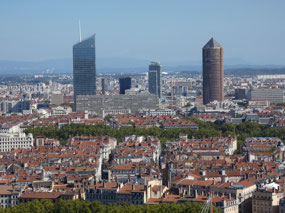
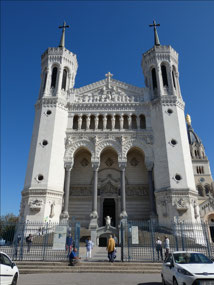


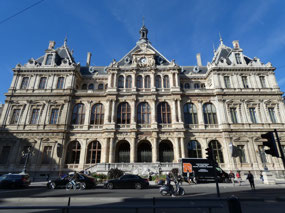
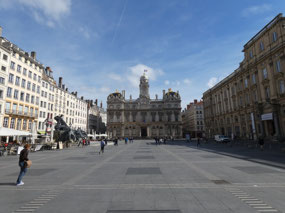
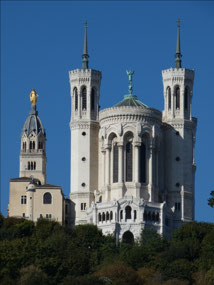
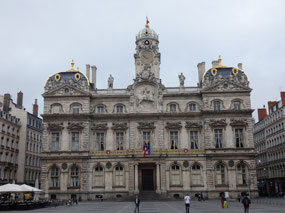
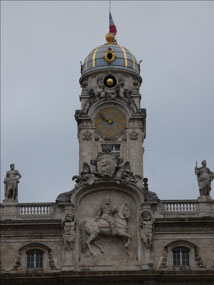
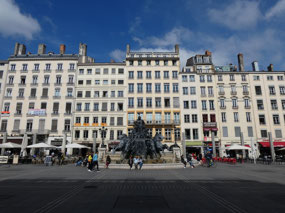
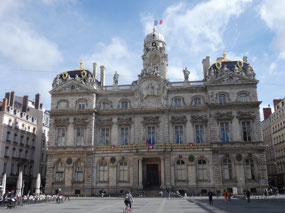

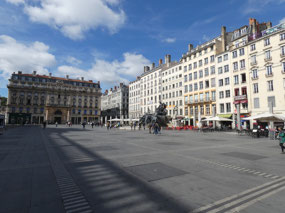
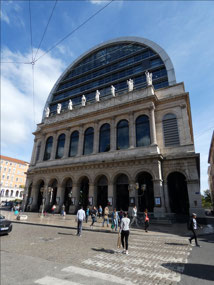
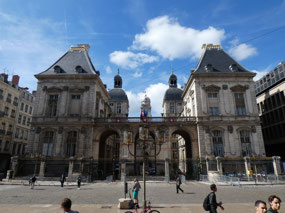
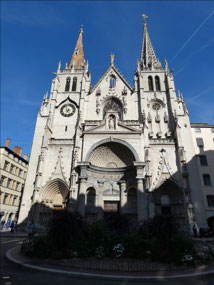
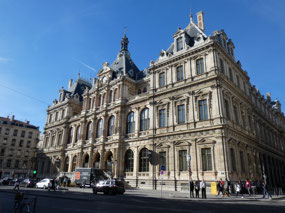
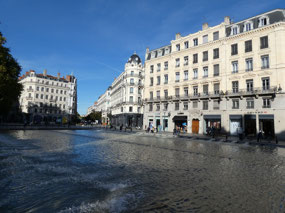
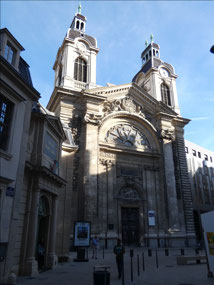

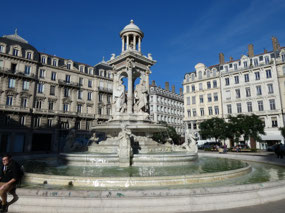
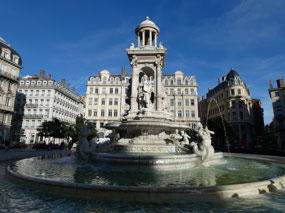
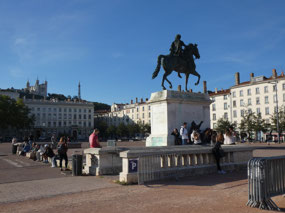
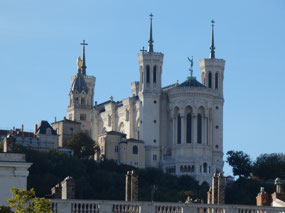
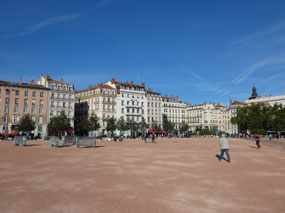
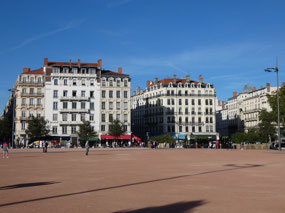
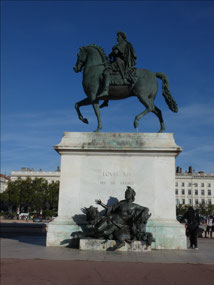
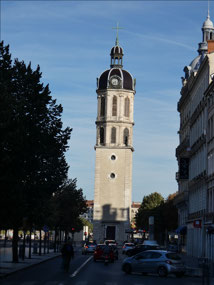
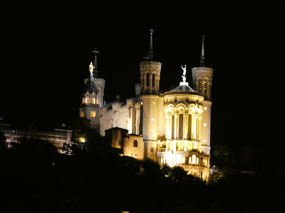
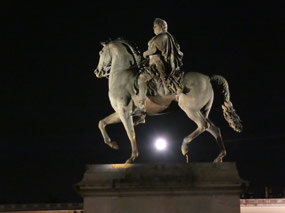
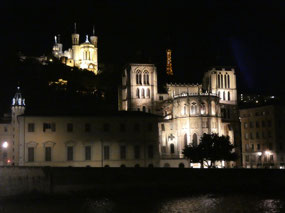
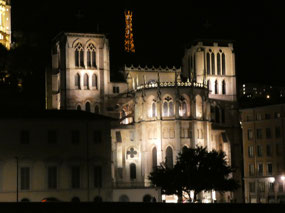
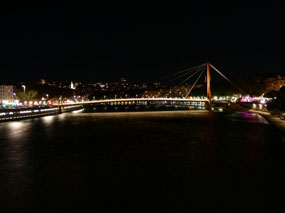
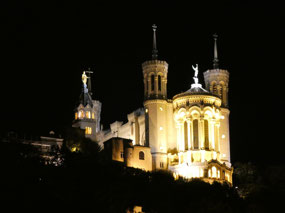
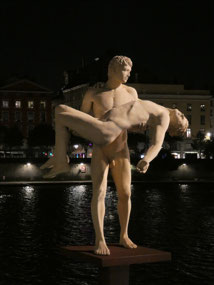
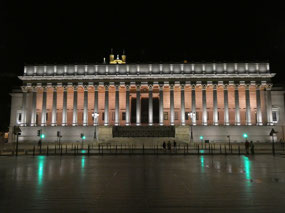
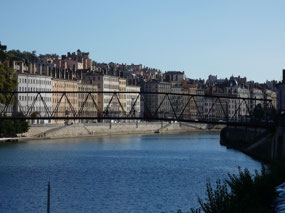
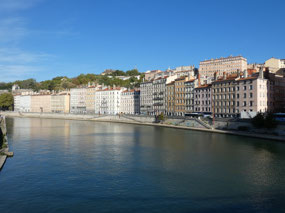

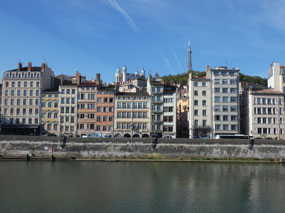
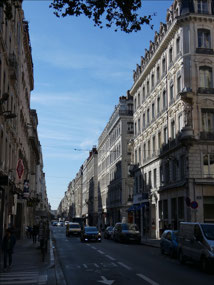
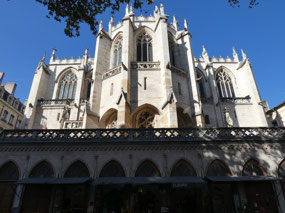
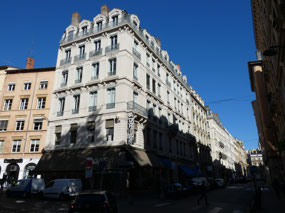
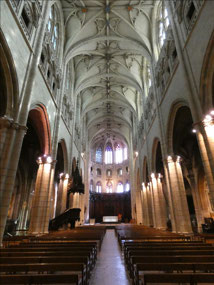

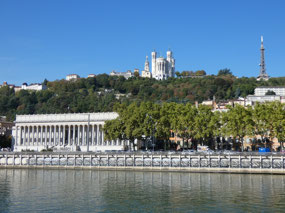
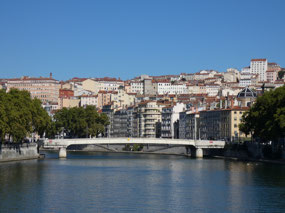
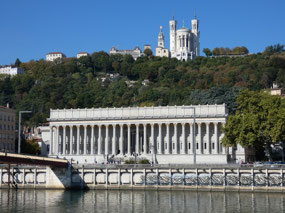
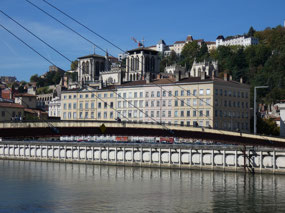

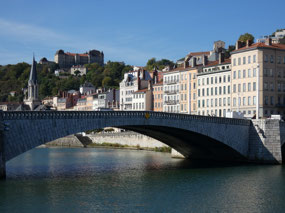
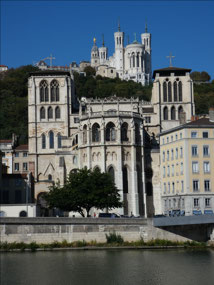
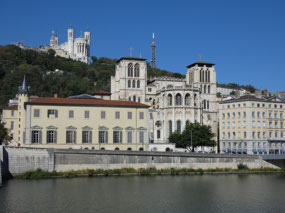
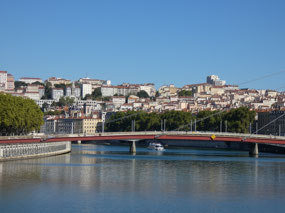
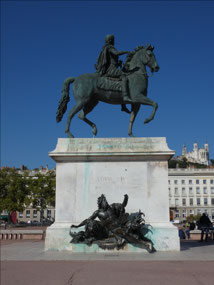
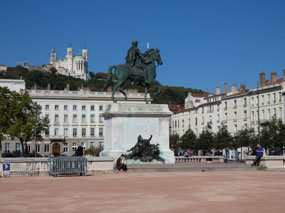
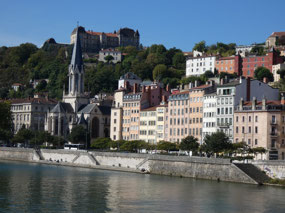
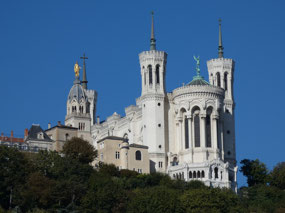

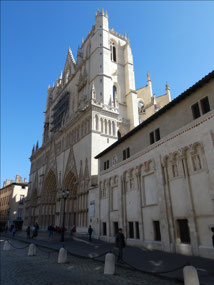
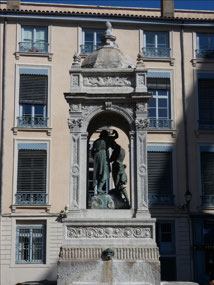
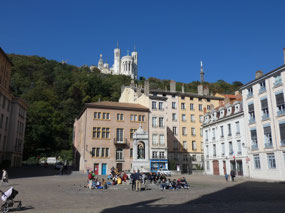
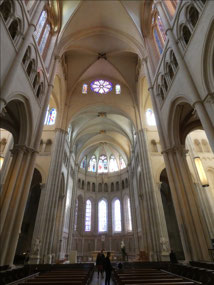
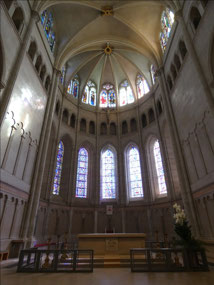
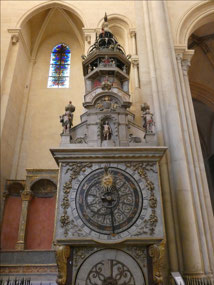
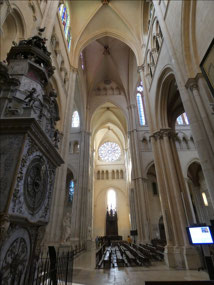
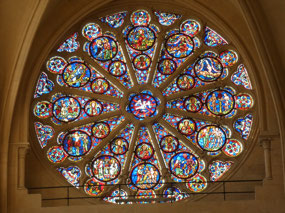
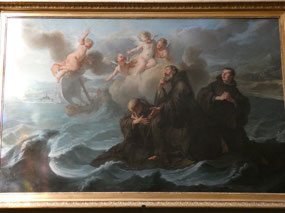
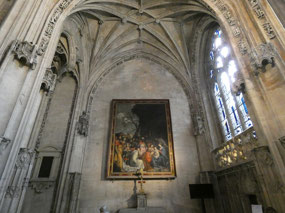
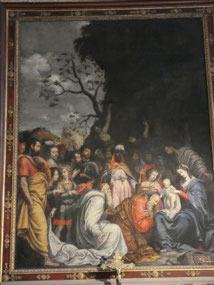
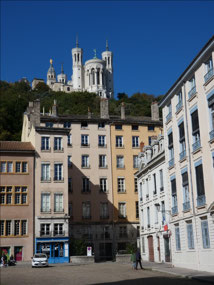
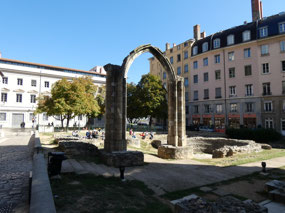
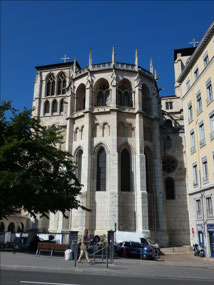


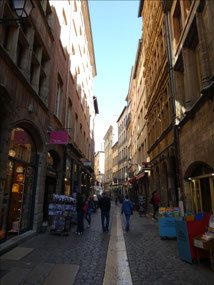
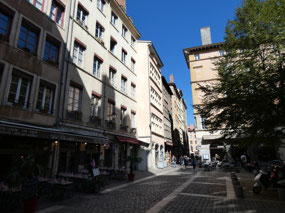
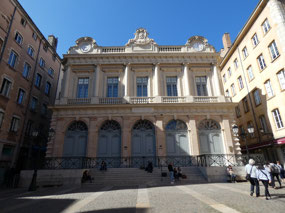
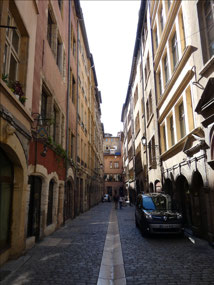
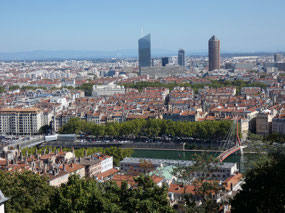
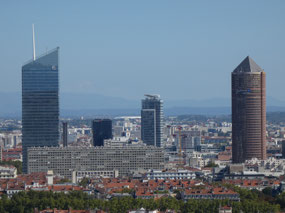
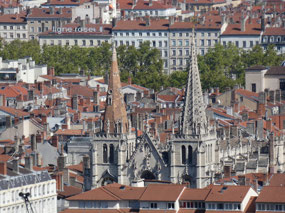
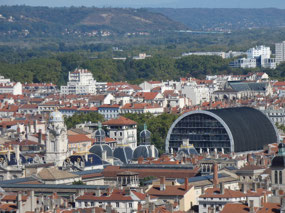
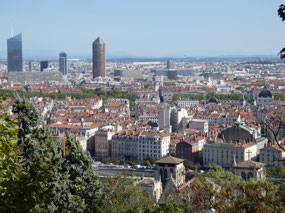
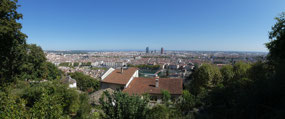

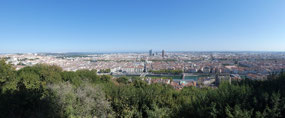
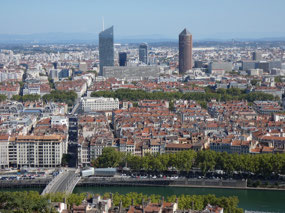
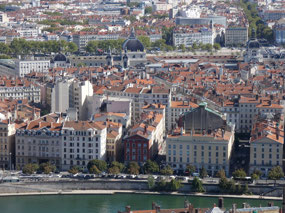
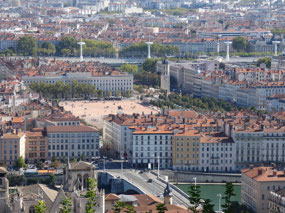
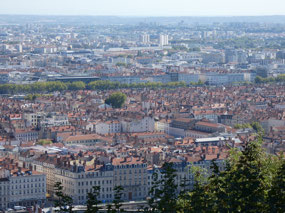
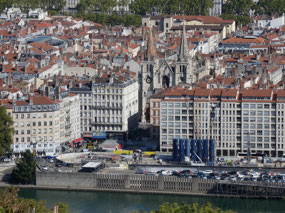
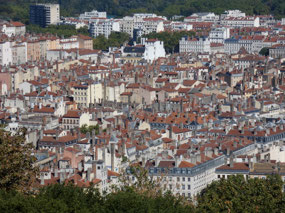
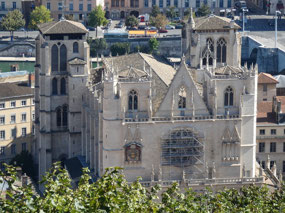
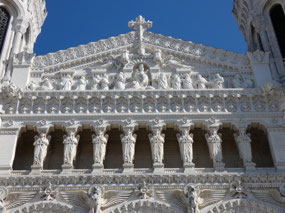
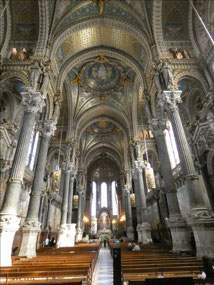
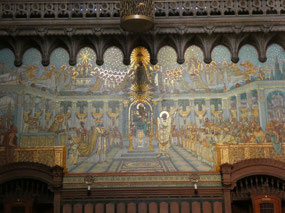
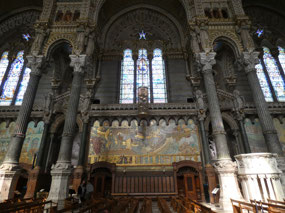
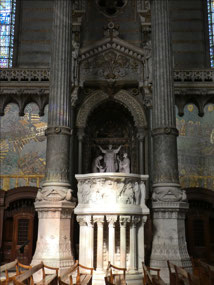
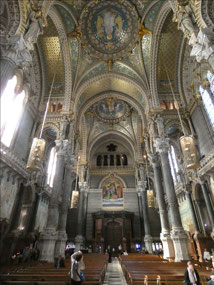
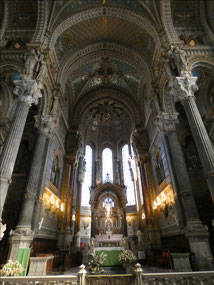
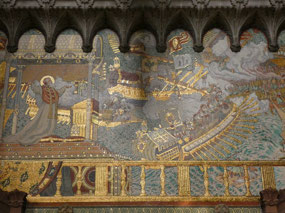
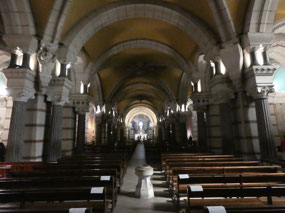

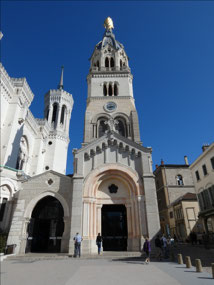
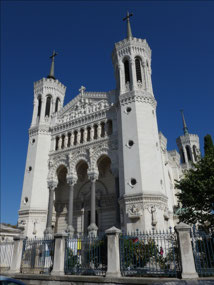
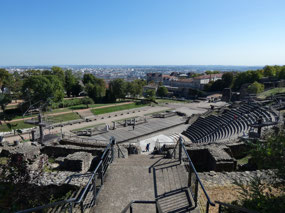
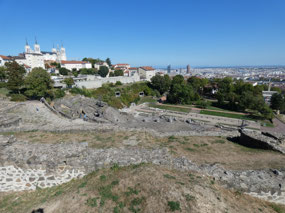
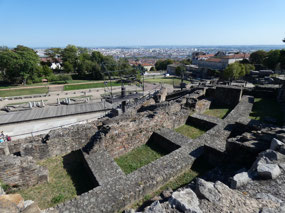
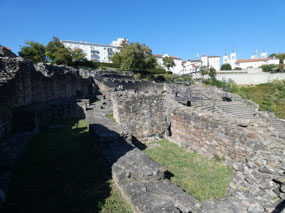
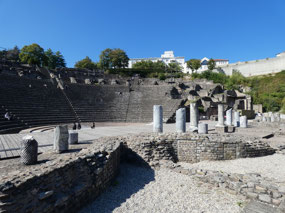
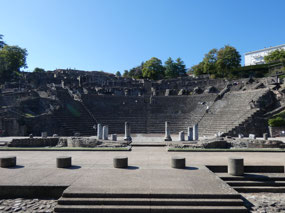
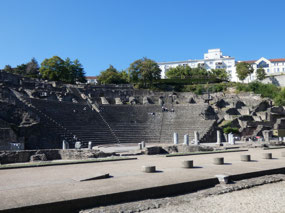
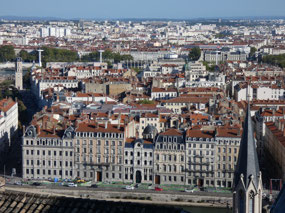
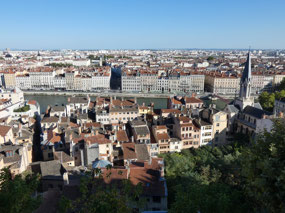
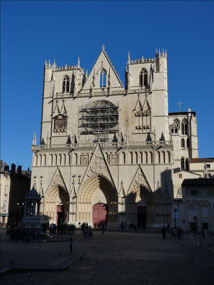
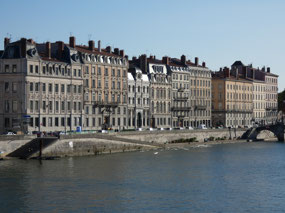
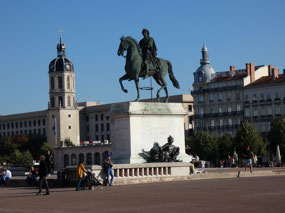
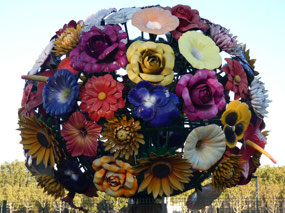
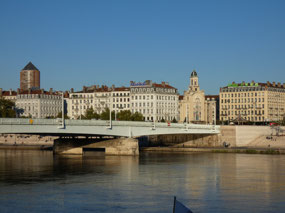
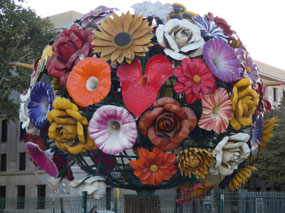
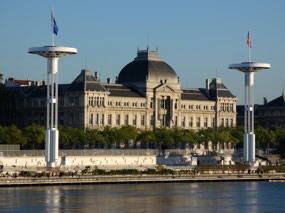
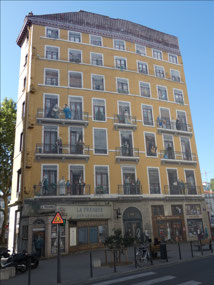
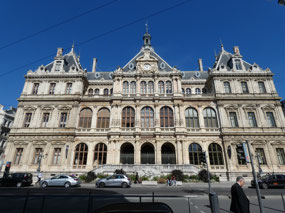

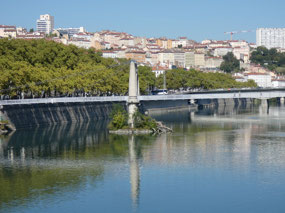
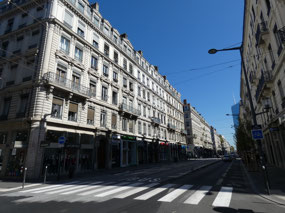
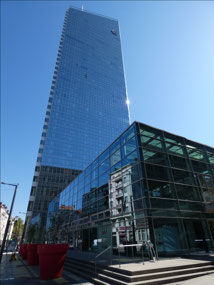
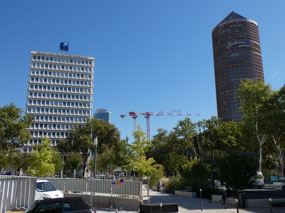
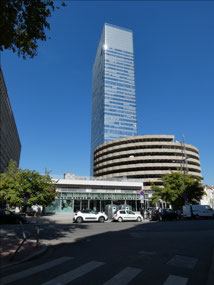

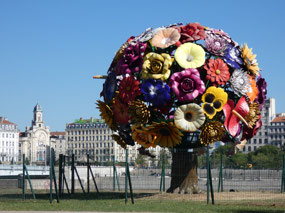


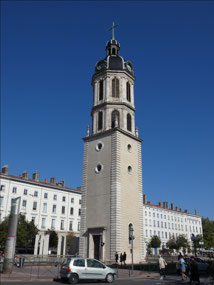
2025-05-23